-
Welcome to Tacoma World!
You are currently viewing as a guest! To get full-access, you need to register for a FREE account.
As a registered member, you’ll be able to:- Participate in all Tacoma discussion topics
- Communicate privately with other Tacoma owners from around the world
- Post your own photos in our Members Gallery
- Access all special features of the site
DIY molle panel
Discussion in 'Outdoors' started by C0d3M0nk3y, Aug 12, 2020.


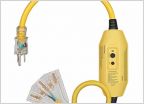 Glampers! Tell me about "state Park" camping outlets
Glampers! Tell me about "state Park" camping outlets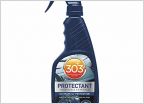 Do you leave your RTT mounted?
Do you leave your RTT mounted?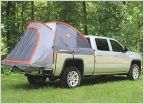 5 Foot bed camping
5 Foot bed camping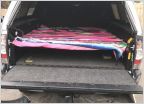 Short Bed Tacoma Sleep Recommendations?
Short Bed Tacoma Sleep Recommendations?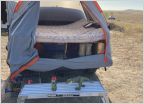 Sleeping pad
Sleeping pad Bug/Tick repellent
Bug/Tick repellent

















































































